Wild Himalayan Honey
Wild Himalayan honey, often harvested from bees that nest in cliffs and remote areas of the Himalayas, is known for its unique flavor and medicinal properties. This honey is produced by the Apis laboriosa bee, which is larger than typical honeybees and thrives in high-altitude environments.
Wild Himalayan honey offers several potential health benefits:
- Rich in Antioxidants: It contains various antioxidants, which help combat oxidative stress and may reduce the risk of chronic diseases.
- Antibacterial Properties: The honey has natural antibacterial qualities, making it useful for wound healing and boosting the immune system.
- Anti-Inflammatory Effects: It may help reduce inflammation, which can benefit conditions like arthritis and other inflammatory diseases.
- Digestive Health: Consuming honey can aid digestion and soothe gastrointestinal issues, such as ulcers and indigestion.
- Energy Boost: It’s a natural source of carbohydrates, providing a quick energy boost, making it popular among athletes.
- Cough Relief: It can be effective in soothing coughs and sore throats, often used in natural remedies.
- Skin Health: Used topically, it can hydrate and nourish the skin, helping with acne and other skin conditions.
- Heart Health: Some studies suggest that it may help lower blood pressure and cholesterol levels, promoting overall cardiovascular health.
Always consult with a healthcare professional before using honey for medicinal purposes, especially if you have specific health conditions.
ere are some common ingredients you might pair with wild Himalayan honey, depending on how you plan to use it:
For a Health Drink:
- Wild Himalayan Honey: 1-2 tablespoons
- Warm Water: 1 cup
- Lemon Juice: Freshly squeezed, to taste
- Ginger: Freshly grated or powdered (optional)
- Turmeric: A pinch (optional)
For a Honey Mask:
- Wild Himalayan Honey: 1 tablespoon
- Yogurt: 1 tablespoon (for hydration)
- Oatmeal: 1 tablespoon (for exfoliation)
In a Recipe (e.g., Salad Dressing):
- Wild Himalayan Honey: 1 tablespoon
- Olive Oil: 2 tablespoons
- Apple Cider Vinegar: 1 tablespoon
- Mustard: 1 teaspoon (optional)
- Salt and Pepper: To taste
For Sweetening:
- Wild Himalayan Honey: Use as a natural sweetener in:
- Tea or Coffee
- Smoothies
- Baking (replace sugar in recipes)
Storage Tips
- Keep It Sealed: Store honey in a tightly sealed container to prevent moisture from entering, which can lead to fermentation.
- Store in a Cool, Dark Place: Honey should be kept away from direct sunlight and heat sources. A pantry or cupboard is ideal.
- Avoid Refrigeration: Refrigerating honey can cause it to crystallize more quickly. Room temperature is best for storage.
- Use Glass or Food-Grade Plastic Containers: If possible, store honey in glass jars, as they are non-reactive and help preserve flavor. If using plastic, ensure it is food-grade.
- Check for Crystallization: Over time, honey may crystallize. This is a natural process. If it happens, gently warm the jar in a warm water bath to liquefy it again.
- Keep Away from Strong Odors: Honey can absorb odors, so store it away from strong-smelling foods or substances.
Final Thoughts
Wild Himalayan honey is not just a delicious natural sweetener; it’s a unique product with a rich cultural heritage and numerous health benefits. Its complex flavor profile makes it a versatile ingredient in both culinary and wellness applications. Whether you’re using it to enhance your dishes, boost your health, or for skincare, proper storage and care will help you enjoy its benefits for a long time.









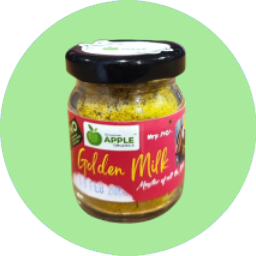
















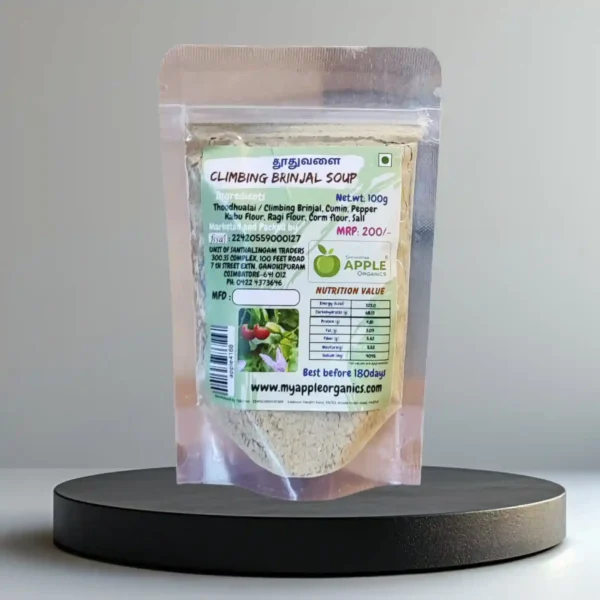
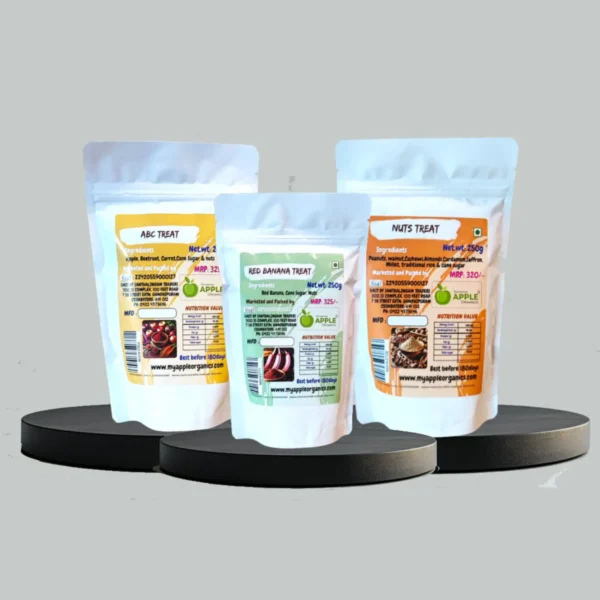
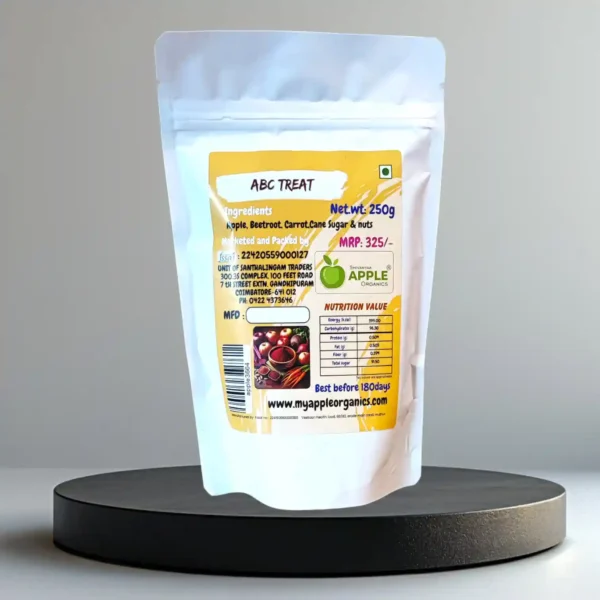

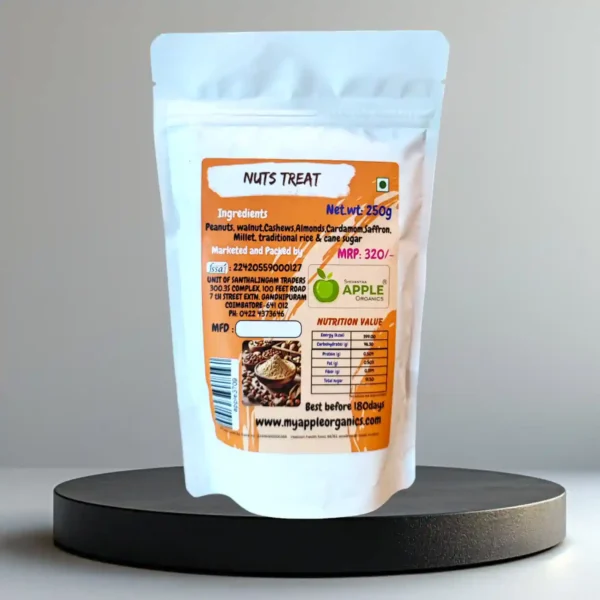
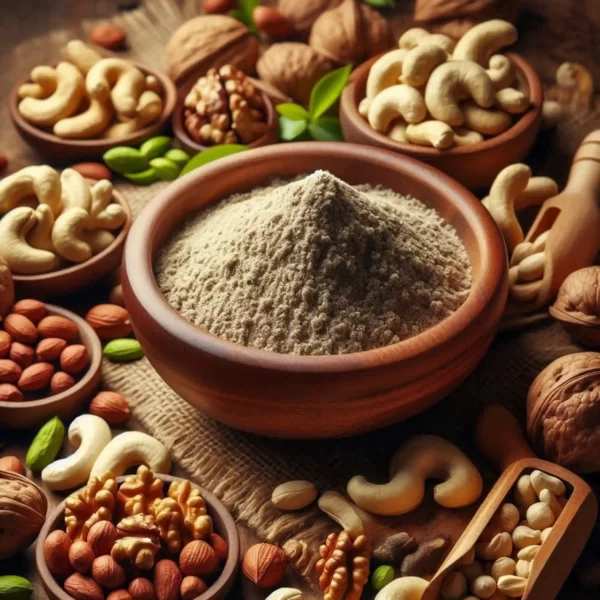

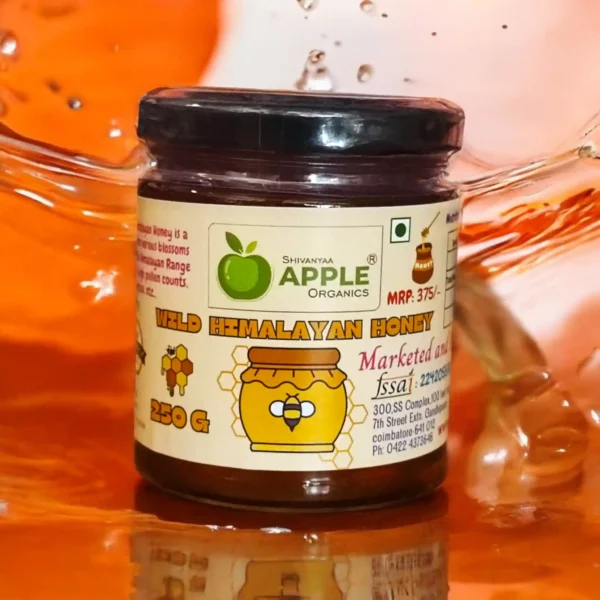
Reviews
Clear filtersThere are no reviews yet.